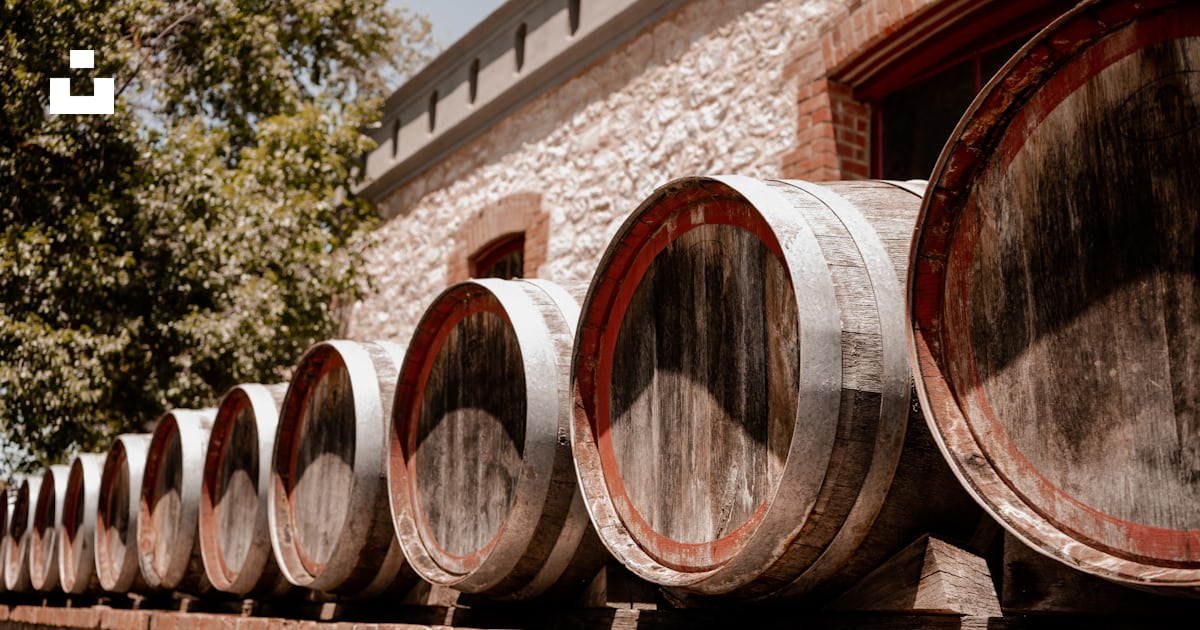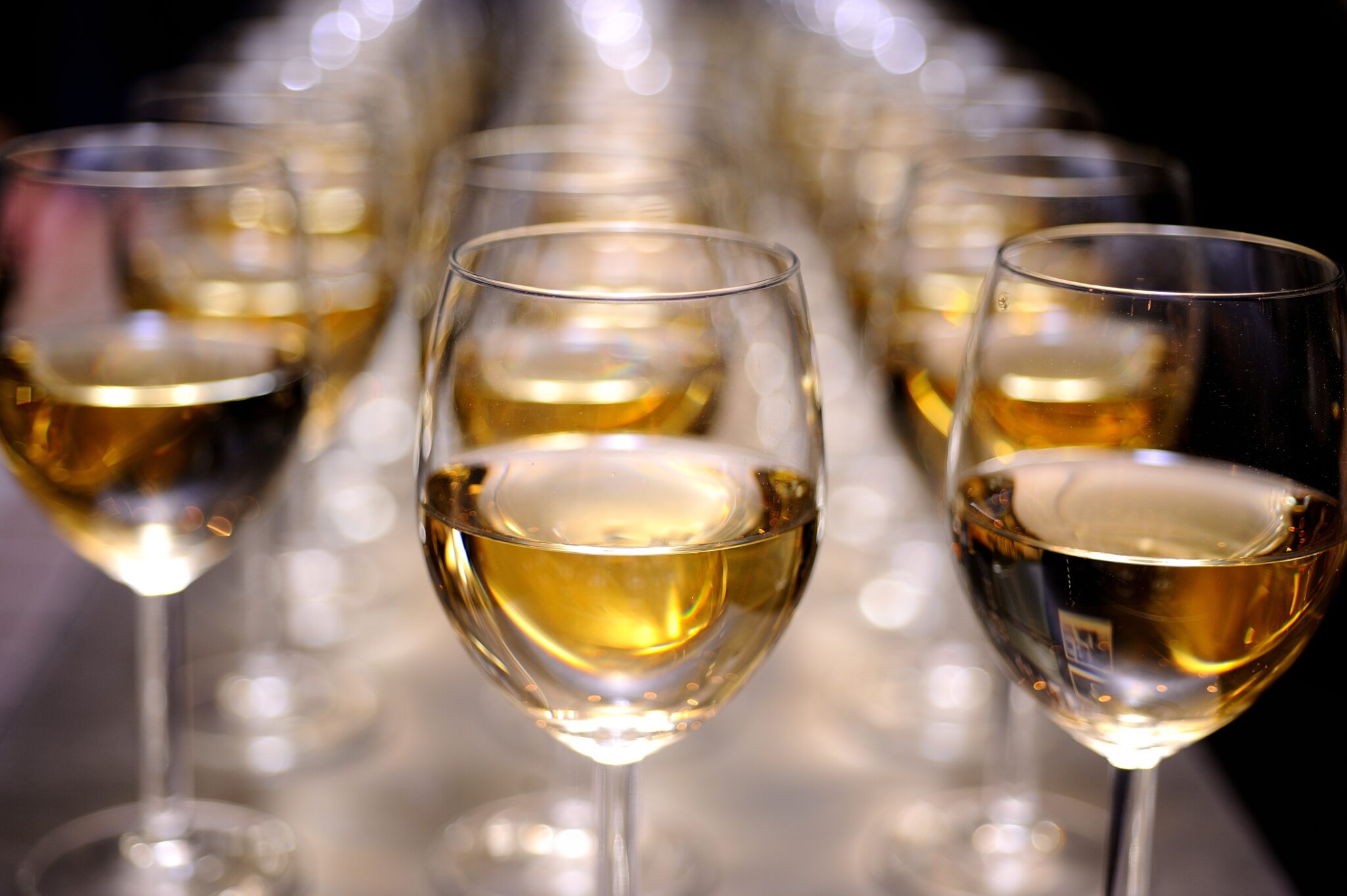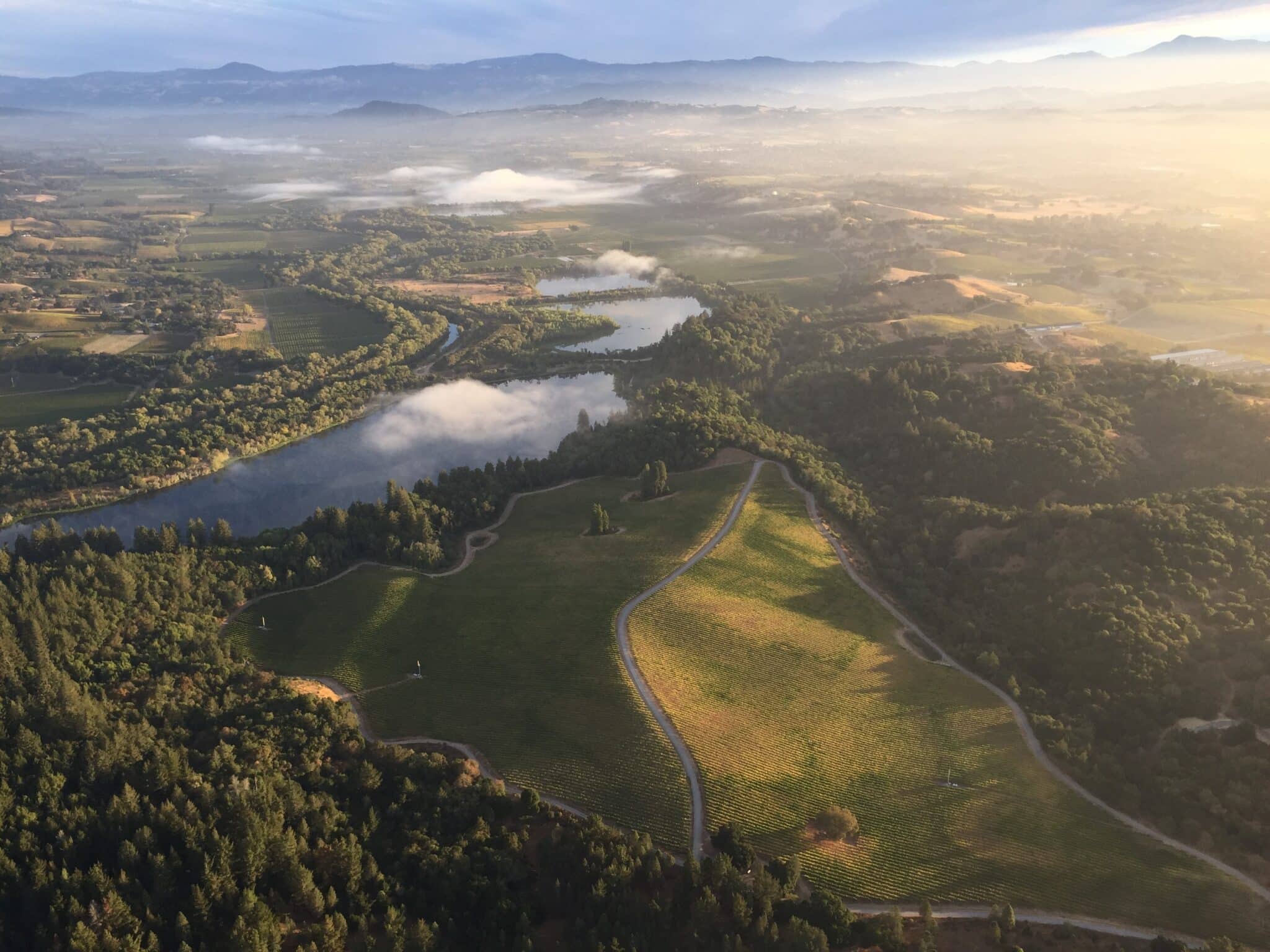Wineries With Estate-Grown Grapes - Iconic Wineries Of Sebastopol
Wineries With Estate-Grown Grapes - Iconic Wineries Of Sebastopol
Blog Article
Cultural Wine Experiences In Sonoma County - Vineyard Tasting Events In Sonoma County
Wine tasting is an art that combines sensory experience with an appreciation for the nuances of various varietals. How to evaluate flavors in winery wine tasting classes is pivotal to greedy the complexities of wine.
Participating in a wine tasting involves more than simply sipping and savoring. It requires a targeted strategy to establish aromas and flavors that every wine presents. As you start, observe the wine's appearance, noting its colour and readability. These visible cues usually suggest a wine’s age, grape variety, and even potential flavor profiles.
The next step within the tasting course of is to swirl the wine in your glass. This action releases aromatic compounds which are very important for analysis. Lean in and take a second to inhale deeply; the aromas can vary from floral and fruity to spicy and earthy. The nose of the wine is just as essential because the palate, and recognizing scents plays a big role in understanding the general experience.
When taking your first sip, permit the wine to maneuver throughout your palate - Vintage Wine Tasting Experiences In Sebastopol. Discover the preliminary flavors that current themselves. Is the wine fruity, floral, or maybe herbaceous? This preliminary style gives insight into what the wine is more likely to categorical as you proceed to gauge it. The mouthfeel also contributes to the overall flavor experience; it could be silky, tannic, and even effervescent.
Family Friendly Wineries With Outdoor Spaces - Wineries To Explore In Sonoma Valley
As you proceed tasting, take note of the wine’s stability. A well-balanced wine will harmonize acidity, sweetness, and tannins. If one element overwhelms the others, it'd point out a less desirable quality. Evaluating balance might help you identify how nicely the wine might pair with food.
Transitioning to the end, think about how the flavors evolve as the wine lingers in your palate. A long, pleasant finish can point out a high-quality wine, whereas a brief or abrupt end might suggest otherwise. Mirror on whether the flavors remain constant or if new notes emerge because the wine settles. This development can reveal complexities and intricacies which may not have been obvious in the initial tasting.
Temperature can also be an important think about evaluating wine flavors. Completely Different forms of wine are optimally loved at particular temperatures. White wines often shine when chilled, while purple wines usually perform greatest at room temperature. When tasting, make certain the wine is at the acceptable temperature to fully recognize its character.
Wineries Known For Sustainable Practices In Sonoma - Top Sonoma Wine Tasting Destinations
Pairing food with wine can tremendously enhance the tasting experience. Meals can affect the notion of flavors in wine, either highlighting sure traits or diminishing them. When evaluating flavors, contemplate how the wine interacts with totally different meals, noticing which flavors are amplified or muted (Wineries Perfect For A Relaxing Afternoon).

Contemplate the influence of terroir as you engage in a winery tasting. Terroir encompasses the unique environmental components that affect grape rising, together with soil composition, climate, and geography. Understanding a wine's terroir can provide perception into its flavors and aromas, fostering a deeper appreciation for the alternatives made during its cultivation and manufacturing.
Training plays a basic function in enhancing one's ability to evaluate wine flavors. Studying about grape varieties, wine areas, and manufacturing strategies can pave the way for extra informed judgments during tastings. Moreover, attending workshops or classes can refine sensory skills and broaden your flavor vocabulary, enabling you to articulate tasting notes extra successfully.

Lastly, it is important to remember that evaluating wine flavors is a extremely personal experience. Individual preferences and perceptions will invariably form one’s tasting journey. Enjoyment ought to be on the forefront, with the analysis process acting as a tool to reinforce understanding and appreciation rather than create rigid pointers.
Wineries Producing Pinot Noir And Chardonnay - Sebastopol Wine Experiences
In conclusion, mastering how to evaluate flavors in winery wine tasting periods involves a mixture of sensory engagement, data, and practice. By studying to identify aromas, assess the balance, and appreciate the intricacies of flavor, wine enthusiasts can deepen their connection to every bottle they encounter. As with any art form, the extra one immerses themselves within the experience, the extra they will uncover and benefit from the vast world of wine.
- Start by observing the wine's shade and clarity, as these visual elements can hint at its flavor profile and aging potential.
- Swirl the wine gently in your glass; this releases aromatic compounds, permitting you to raised establish the complex scents related to the wine.
- Take a deep inhale earlier than tasting, focusing on each primary and secondary aromas to assemble insights on fruits, spices, and different nuances.
- When tasting, permit the wine to coat your palate; note the initial flavors, the mid-palate complexity, and the finish as these stages can present completely different flavor highlights.
- Pay attention to texture and mouthfeel, as features such as tannin levels, acidity, and sweetness contribute considerably to the general tasting experience.
- Evaluate flavors against normal wine characteristics; for red wines, contemplate berry notes, oak influence, and herbal tones, while whites may embody citrus, stone fruits, and floral hints.
- Take notes during the tasting session to track your impressions, serving to you to remember and evaluate the totally different wines sampled.
- Talk About your findings with fellow tasters or winery employees, as sharing insights can improve understanding and appreciation of particular person flavors.
- Enable time for the wine to breathe; sometimes, flavors evolve and reveal new dimensions after being exposed to air.
- Experiment with food pairings through the tasting as they can dramatically alter how flavors are perceived, influencing general enjoyment.undefinedWhat should I look for when evaluating the aroma of wine during a tasting?
Begin by swirling the wine in your glass to launch its aromas. Convey the glass to your nose and take a deep breath. Pay consideration to the primary scents you detect, as these are often essentially the most distinguished. Look for fruit, floral, herbal, or earthy notes and attempt to identify specific characteristics, which is in a position to deepen your understanding of the wine's complexity.
Wineries With Unique Gamay Wines - A Winery In The Sonoma Valley To Discover

How can I distinguish between different flavor profiles in wine?
Understand that flavor profiles are often categorized as fruit, floral, herbaceous, spicy, or mineral. Take small sips and allow the wine to coat your palate. Discover the primary flavors that emerge first and the subtle notes that comply with. This layering is important in distinguishing the wine's characteristics and can help you appreciate its unique profile.
Family Friendly Wineries With Outdoor Spaces - Sebastopol Area Wineries Offering Wine
What is the importance of the wine's texture in a tasting?
The texture of the wine, also identified as mouthfeel, plays a vital position in how we perceive flavors. Pay consideration as to if view website the wine feels easy, creamy, or gritty. The physique of the wine (light, medium, or full) can enhance or distinction with flavors, offering a extra rounded experience during tasting.
How do I assess the balance of flavors in wine?
Steadiness in wine refers again to the harmony between acidity, sweetness, tannin, and alcohol. Take a second to assess whether these parts complement or intrude with one another. A well-balanced wine could have none of its parts overpowering the others, creating a pleasant tasting experience.
Off The Beaten Path Wineries In Sonoma - Best Wineries In Sonoma For A Wine Experience
What function does temperature play in evaluating wine flavors?
Temperature can significantly impression the notion of flavors. Usually, pink wines are greatest served barely beneath room temperature, whereas white wines benefit from being chilled. As the temperature adjustments, the aromas and flavors can shift, allowing you to understand completely different traits. It’s important to taste wine at its optimum temperature for true evaluation.
Wineries In Green Valley - Sonoma County's Best Wine Experiences
How can I improve my tasting skills over time?
Practice is vital to enhancing your tasting skills. Wineries In Green Valley. Attend tastings, maintain a journal of your experiences, and discover several types of wines to broaden your palate. Moreover, studying about wine manufacturing and grape varieties can present see page context that enhances your evaluation process, making you a extra knowledgeable taster.
Is there a specific order in which I ought to taste the wines?
Wineries With Unique Gamay Wines - Enjoying A Vineyard In Sonoma
Yes, it’s advisable to taste wines from light to full-bodied and dry to candy. This progression prevents the stronger flavors from overshadowing the more delicate ones, allowing you to totally recognize every wine's traits and nuances with out palate fatigue.
How can I consider the aftertaste of wine?
Elegant Wine Tasting Locations In Sonoma - Unique Wine Tasting Experiences In Sebastopol
The aftertaste, or end, is a crucial side of the wine-tasting experience. After swallowing, pay consideration to how lengthy the flavors linger in your palate and whether or not they change. A lengthy, nice end is usually an indicator of a high-quality wine, whereas a short or unpleasant finish might suggest in any other case.
Why is it essential to note the wine’s acidity throughout tasting?
Acidity contributes to the general freshness and structure of the wine. Pay consideration to the tingling sensation in your tongue; larger acidity can enhance the wine's liveliness and balance out sweetness. Noting acidity helps decide the wine's versatility with food and its growing older potential.
What should I do if I battle to determine specific flavors in wine?
Intimate Wine Tasting Experiences In Sonoma - Unforgettable Wine Tastings In Sonoma
Struggling to identify flavors is frequent, particularly for newbies. Focus on broader categories and describe what you possibly can recognize, corresponding to candy or earthy notes. With practice, studying about totally different flavor profiles, and perhaps using flavor wheels, you'll refine your senses and develop a more nuanced method to tasting. Report this page